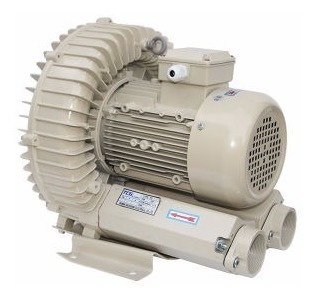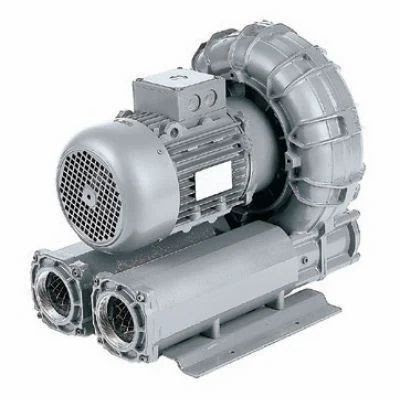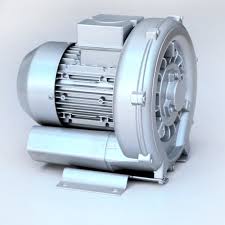How does an industrial blower work?
Industrial blowers work by using a rotating impeller to increase the pressure and velocity of air or gas, which is then discharged at a defined point. The process involves drawing air in, accelerating it with centrifugal force, and then directing the pressurized air outward.
Here’s a more detailed explanation:
- Air Intake: Air or gas enters the blower through an inlet.
- Impeller Rotation: An impeller, a rotating disc with blades, is set in motion.
- Centrifugal Force: The rotating impeller creates a centrifugal force that pushes the incoming air outward.
- Air Acceleration: The air is accelerated as it moves between the impeller blades, increasing both its velocity and volume.
- Pressure Build-up: The high-velocity air is contained within the blower’s housing, causing a pressure build-up.
- Air Discharge: The pressurized air is then discharged from the blower through an outlet, often directed towards a specific location.
Different types of impellers (forward-curved, backward-curved, or radial) are used depending on the specific application and desired airflow characteristics.
How does an industrial blower work?
Where can I get my leaf blower fixed?
How do you troubleshoot a leaf blower?
How do you service a leaf blower?
Can a blower motor be repaired?
How do you test a blower motor?
How do you test a blower motor relay?










